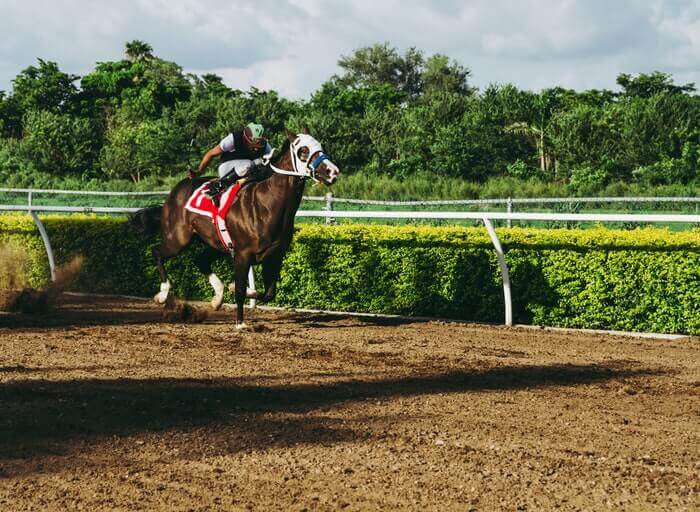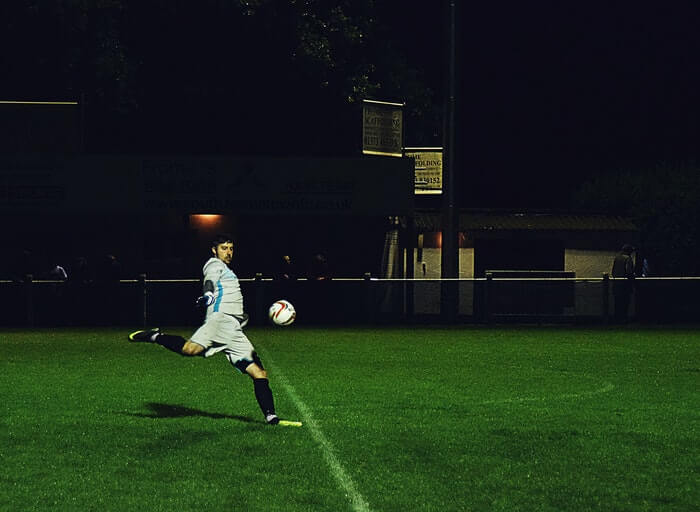Place betting is one of the bet types that is most commonly used in horse racing, greyhound racing, and golf. It’s one of the simplest forms of betting, which explains its popularity. In case you haven’t previously had a chance to learn about this bet type, you’re in the right place, as we’ll explain what a place bet is, how it works, and how you can make the best out of it.
What Is Place Betting?
A place bet is betting on the runner to finish first, second, or third in a particular race. So instead of placing a wager on who you think will win the race, you are betting on a participant to finish the race in one of the designated places.
If, for example, a race has eight runners, your bet will be successful if your favourite finishes in one of the top three spots. This way, you’re giving yourself some room for mistakes, but be advised that this form of betting offers lower payouts than some other types of betting.
How Does a Place Bet Work?
Now, before we explain how place betting works, we need to mention that betting in the US and the UK has always had some major differences. This includes place bets. Let’s say you’re a US punter and you wish to make a place bet on a horse. In order for you to win your bet, the horse you pick needs to win the race or finish second. Now, the situation is a bit different when it comes to place bets in the UK. Here’s what you should know when devising your horse racing place betting strategy:
- If a race has one to four runners, your horse needs to win the race.
- If there are five to seven runners, your horse needs to come in first or second.
- If there are eight runners competing, your favourite must finish in the top three.
- If there are more than 16 runners, your horse must place in the first four.
These are just some general rules. However, they might differ among bookmakers. While some offer 1/4 odds, others offer 1/5 odds. When it comes to some popular events, such as the Grand National, which can sometimes have up to 40 runners, some bookies will offer payouts for the first six places as part of their special offer.
Place Betting Tips
Now that we’ve covered some basics of place bets, here are some tips and tricks that can slightly improve your chances. Don’t expect miracles, though – betting is still mostly a matter of luck, regardless of how experienced and skilled a bettor you are.
- Look for races with larger fields. We’ve already mentioned how races with more contestants increase betting interest and attract more punters. A handicapped race can see payouts going down to fifth or sixth place, meaning you’ll have a better chance of winning. However, it also means the profit will be lower, as there’s less risk involved. If you’re a beginner, this might be one of the most valuable place betting strategies to consider while you’re still getting to know the game and various betting systems.
- Carefully choose the horses. Choosing the right horse is a crucial part of any place bet, but it’s also one of the most difficult. You should always ensure to understand the conditions of the race, as well as the ratings of the horses. If a particular horse has a handicap, that can significantly lower its chances of finishing in the top three places. Check the horse’s results in recent races to see their ratings and their overall performance, and use this information when coming up with your place betting strategy.
- Hunt for the best odds. Since betting has evolved to become an everyday activity for millions of punters worldwide, there are now countless betting sites available. To attract new players, bookies constantly have to compete by offering exciting odds. Before making your place bet, we recommend checking a few bookmakers to find the best odds. Check their reputation, and always place your bets with licensed operators only.
Fixed Odds vs. Tote Odds
One of the things punters like the most when it comes to place bets is the variety of options they offer and the diversity of place betting systems. Two most common betting markets are fixed-odds and tote-odds markets.
Fixed odds can’t change once the bet has been placed. They allow you to secure a set price on a runner in a particular event.
Tote odds, too, are determined by bookmakers, but unlike fixed odds, they can fluctuate in accordance with the number of bets placed on a runner. The tote price depends on the size of the betting pool. Tote place bets are usually offered where there are five or more runners, and they are extremely popular among bettors.
Final Thoughts
In this guide, we’ve analysed place betting and its main elements. If you’re interested in trying something more than just the good old win betting, place bets might easily become your favourite bet type. They offer many more options and possible outcomes, and although sometimes the payouts can be lower than the ones you’d get from a successful win bet, place bets are much more exciting and unpredictable.
FAQ
What is a place-only bet?
A place-only bet is a scenario in which a bettor places a wager on a runner to finish in one of the designated places, not necessarily in the first one. The number of payout places depends on the number of contestants and can sometimes go down to sixth place.
Is place betting profitable?
Just like any other bet type, place bets can be profitable. However, keep in mind that the place betting markets have notably less value than win betting markets.
What is the safest bet in horse racing?
Straight bets are the safest and the most straightforward option when it comes to horse racing. There are three types of straight bets: win, place, and show bets.


